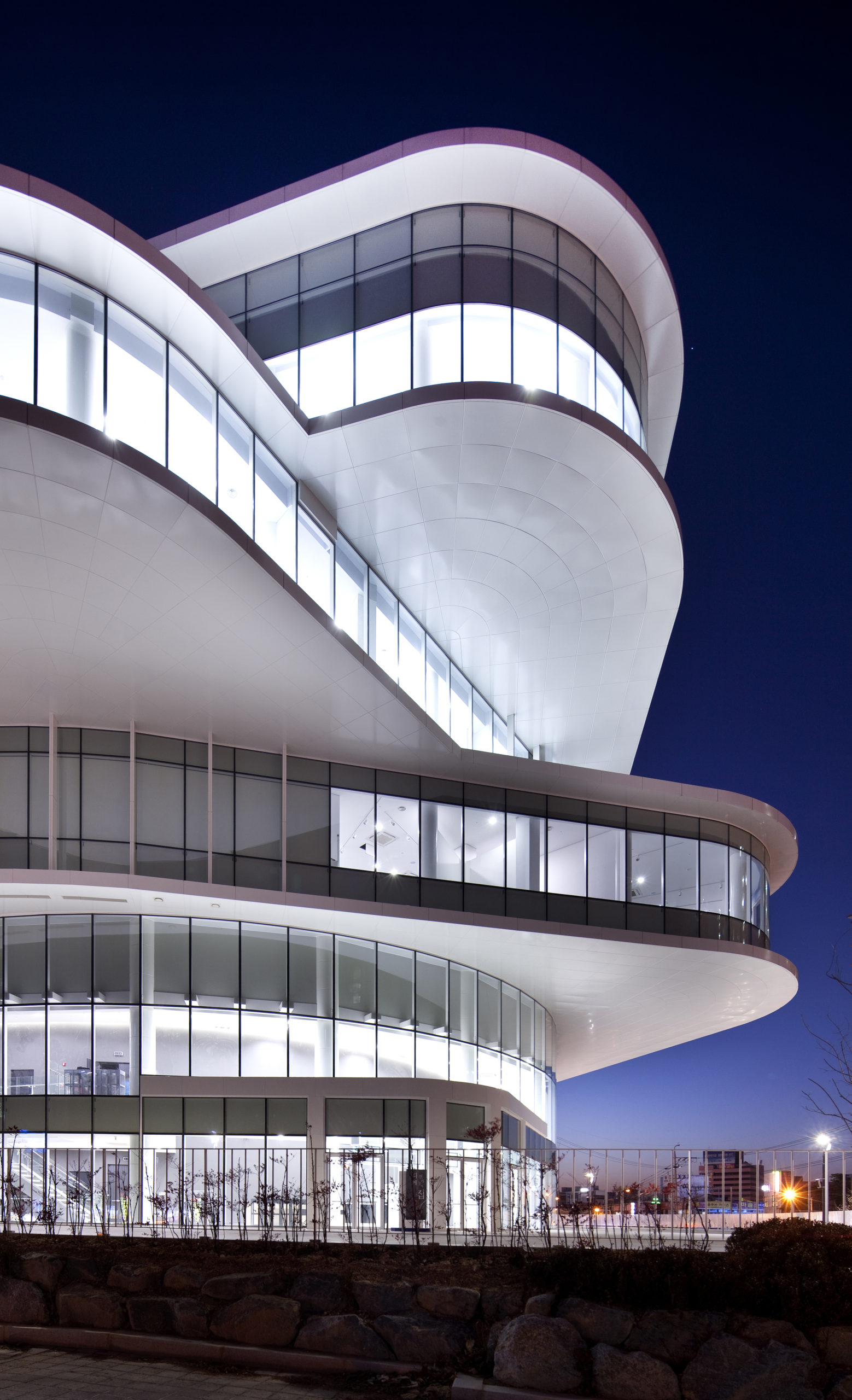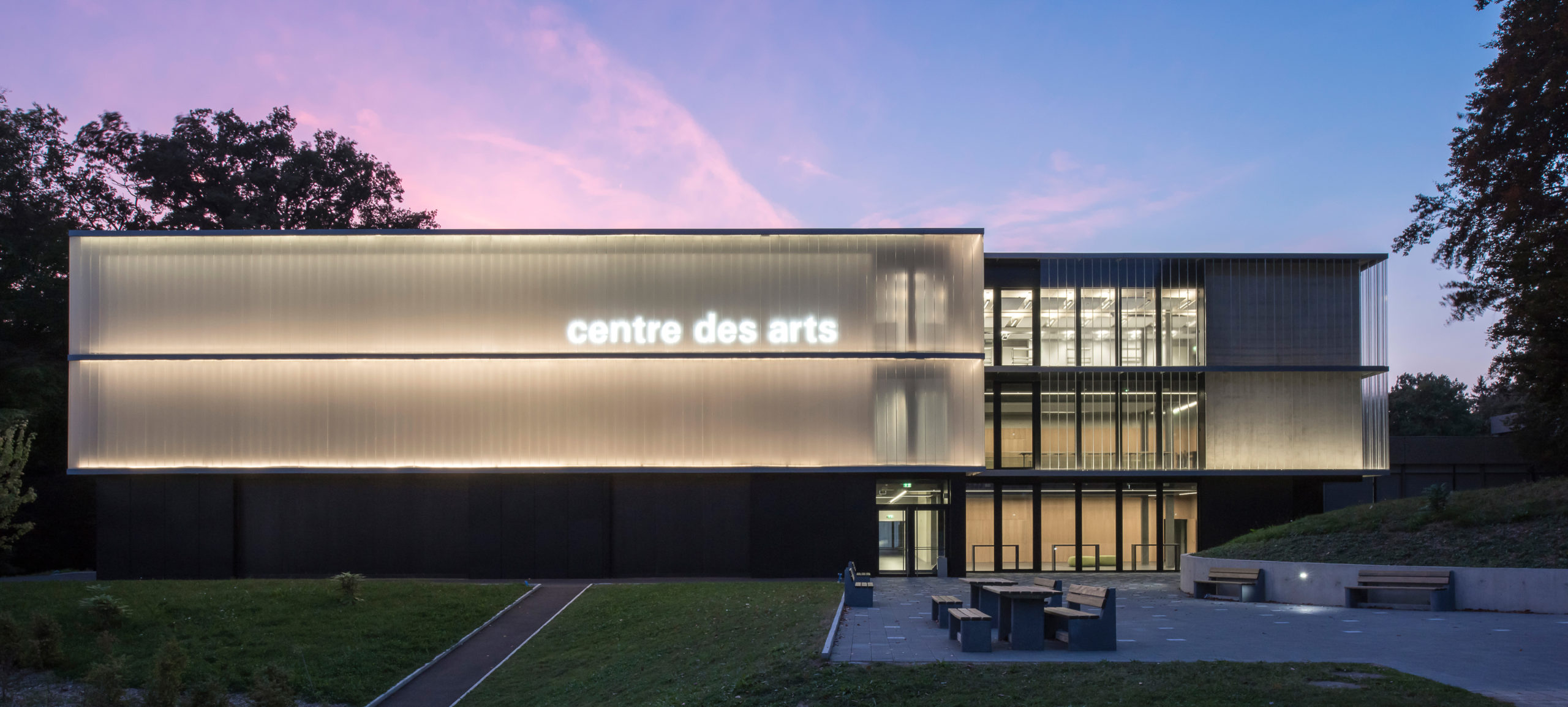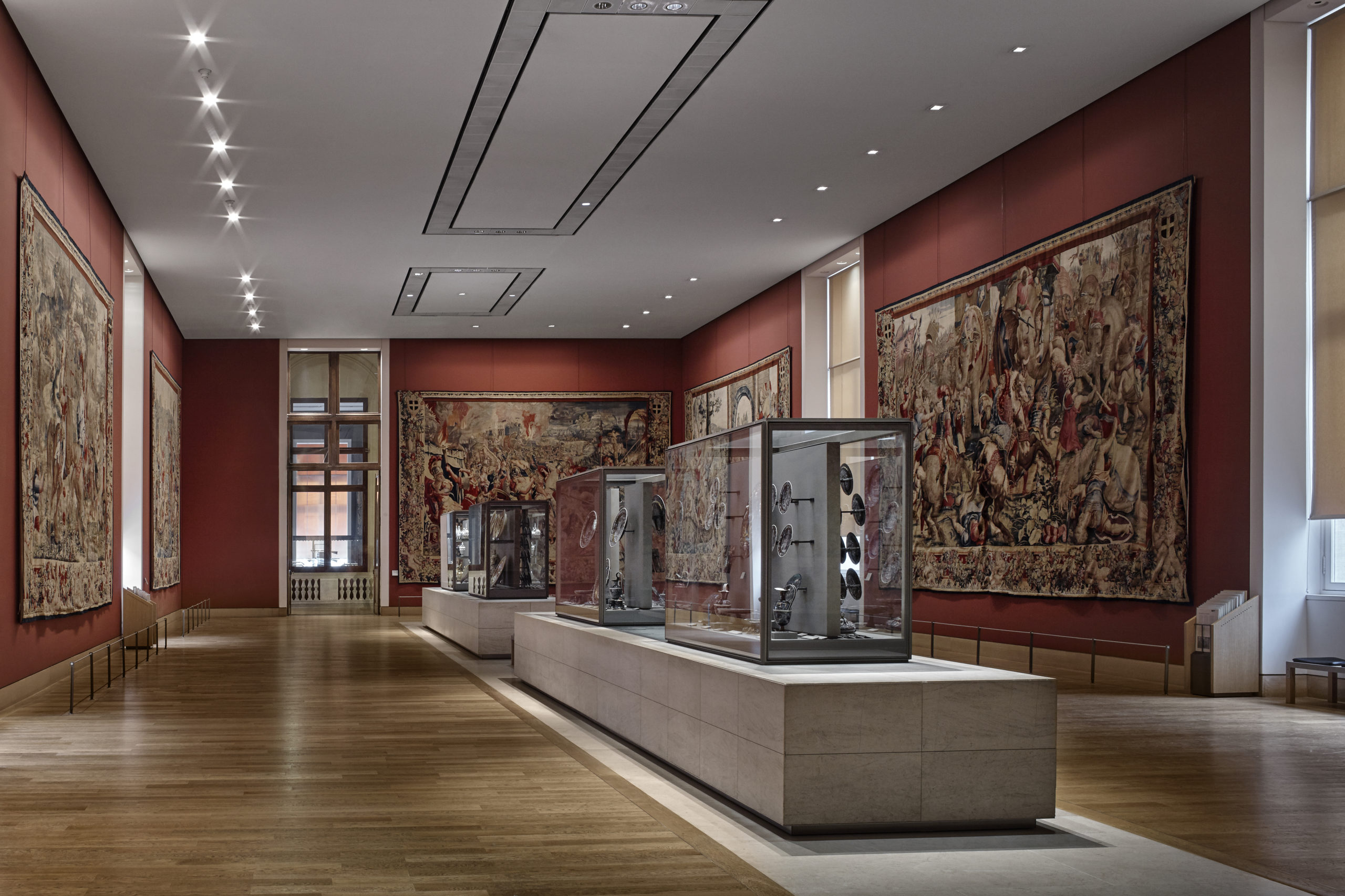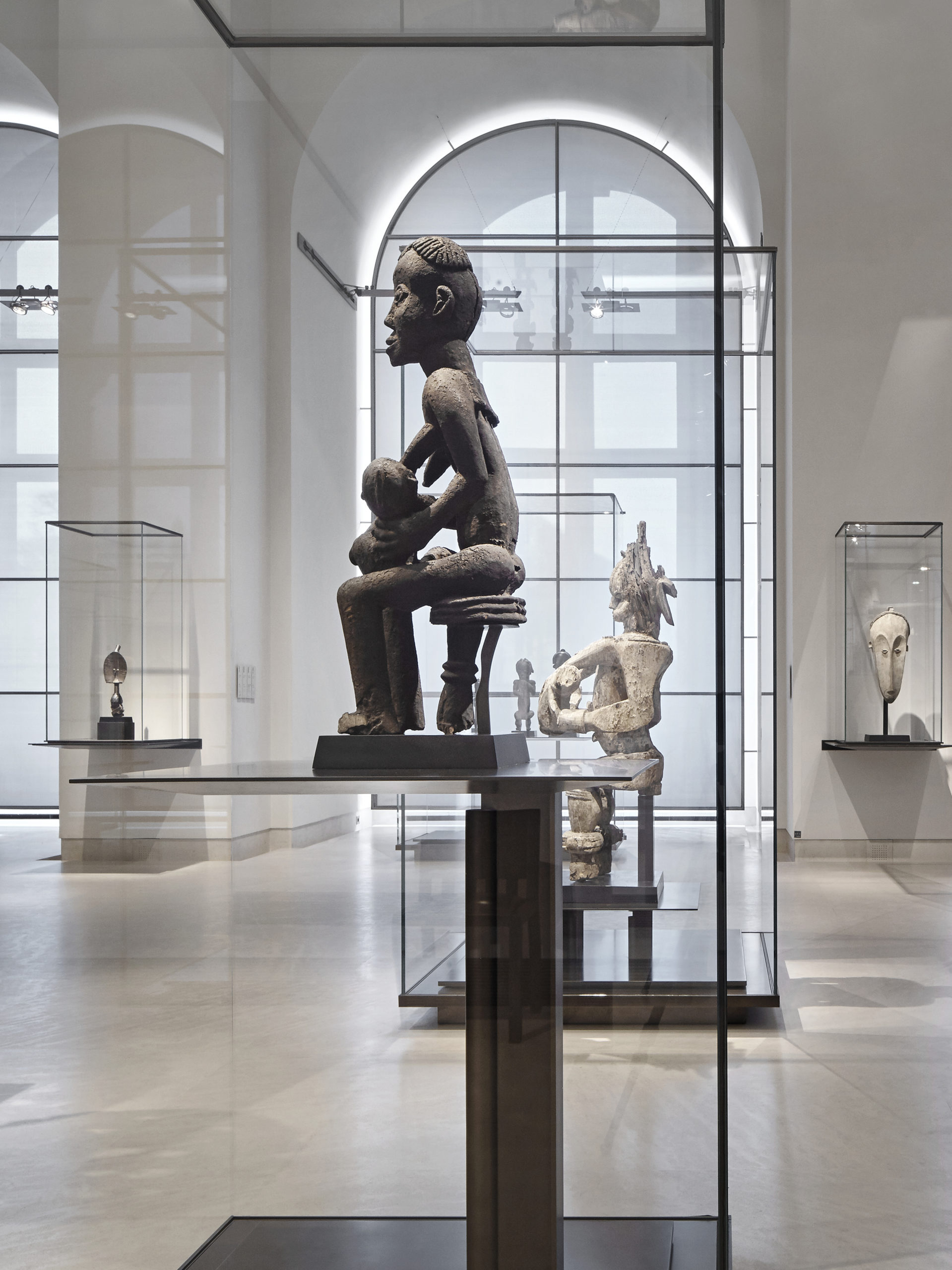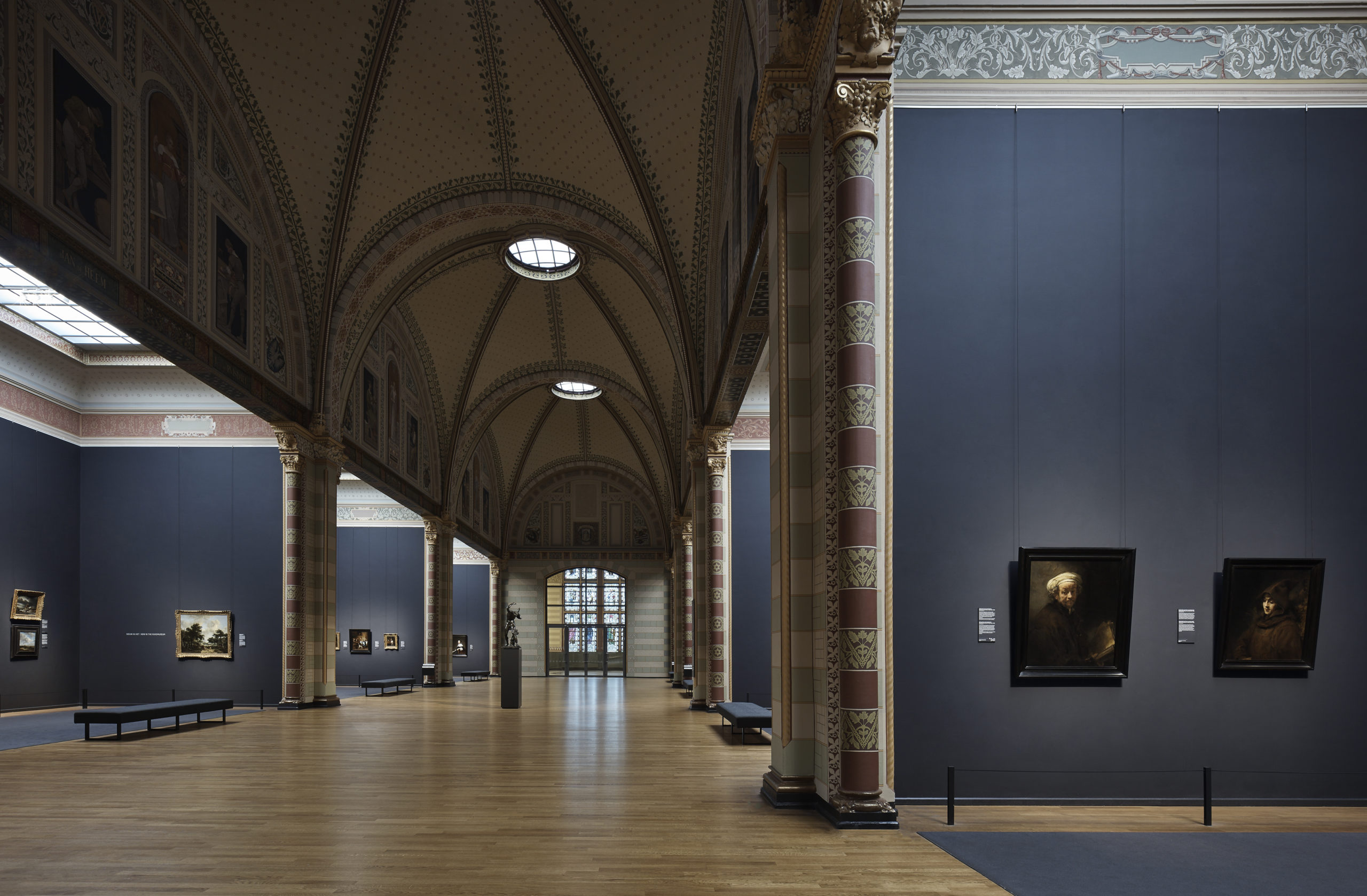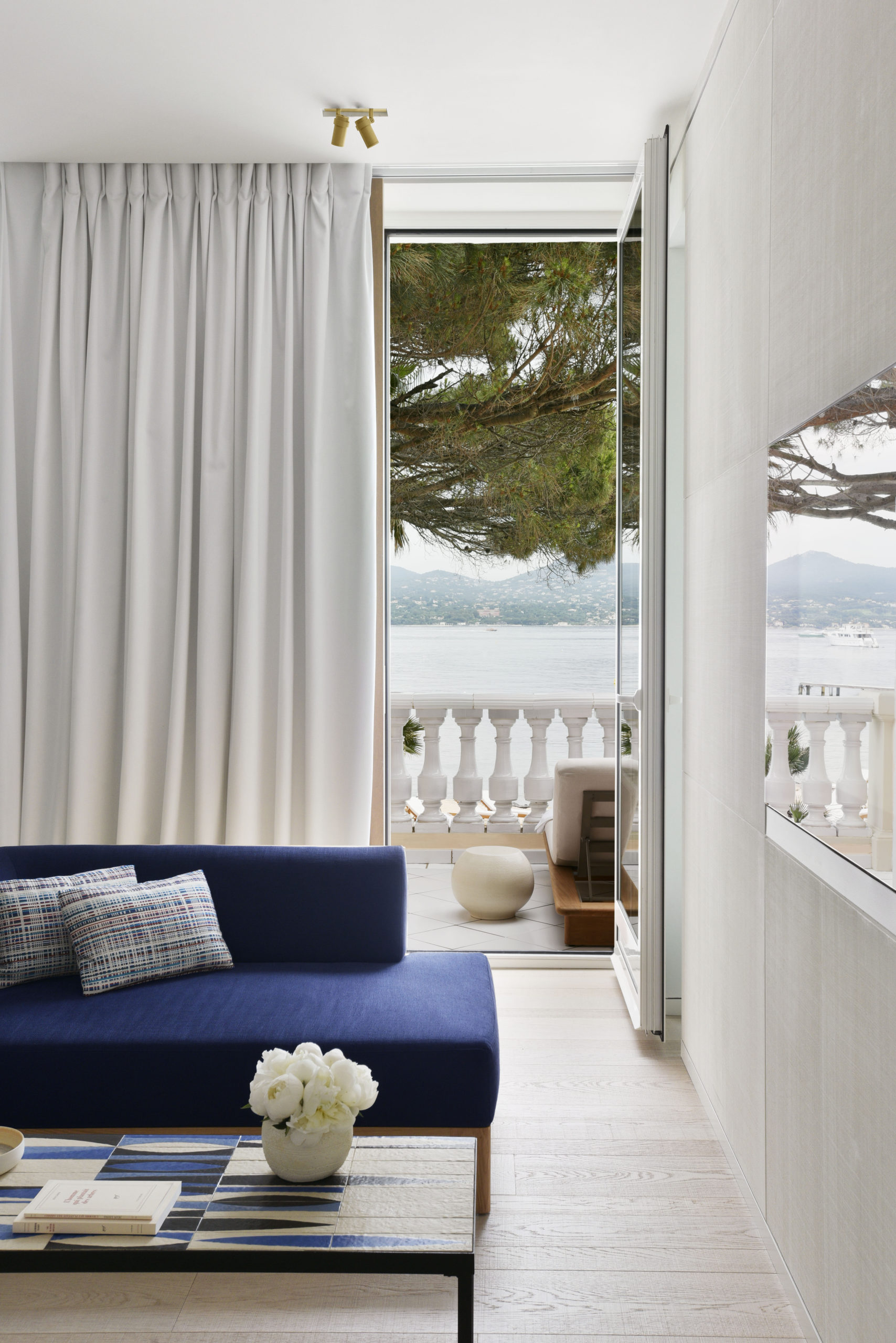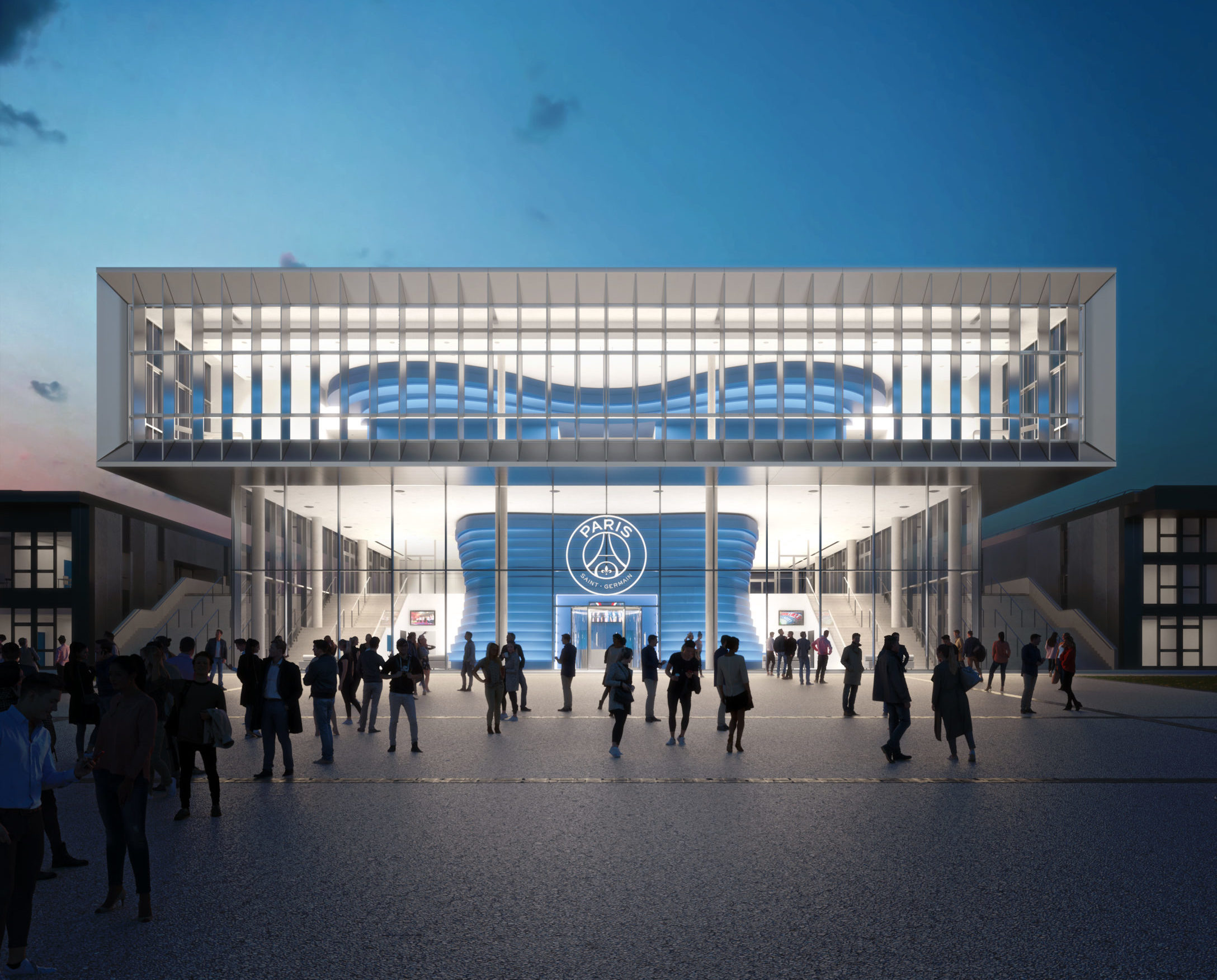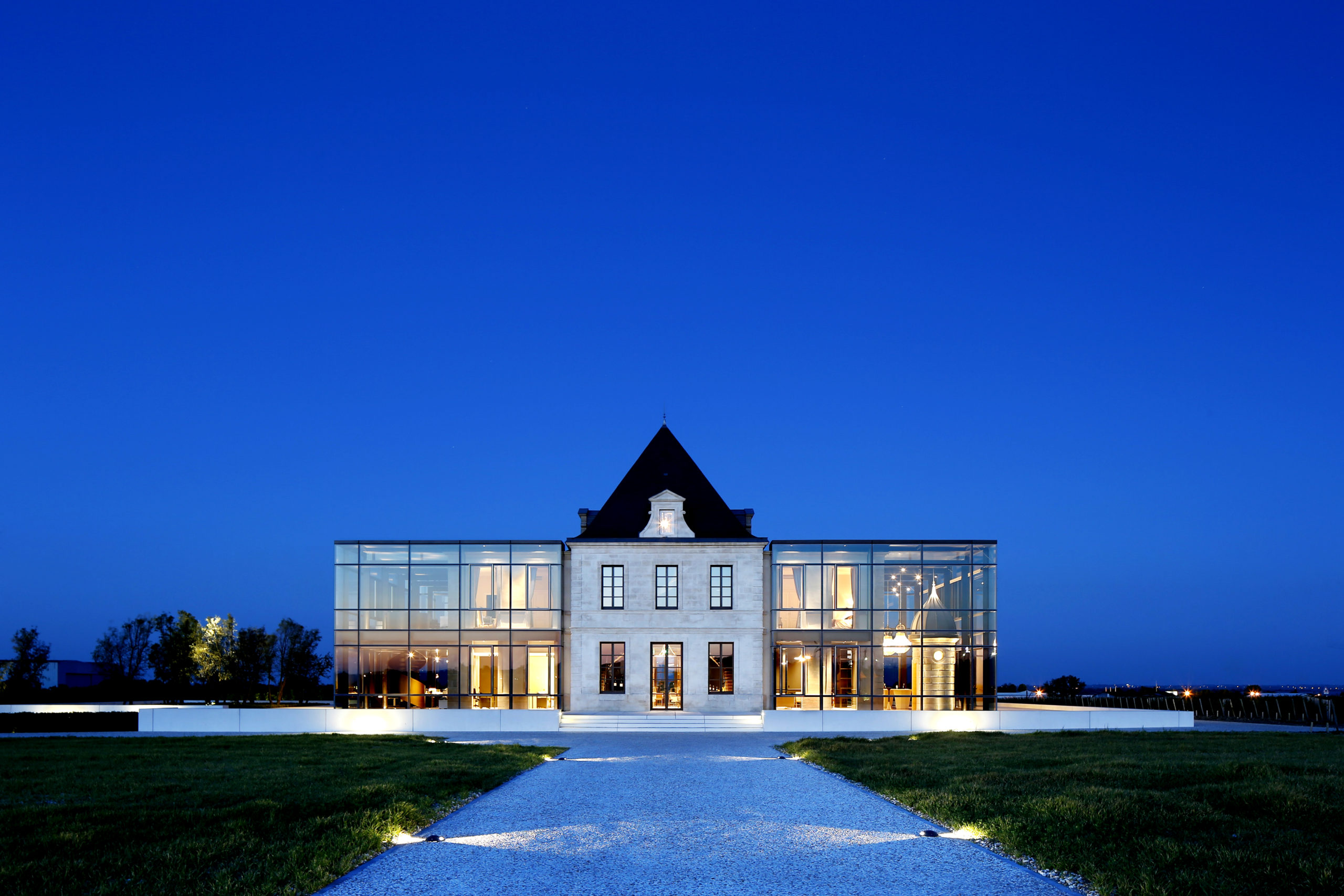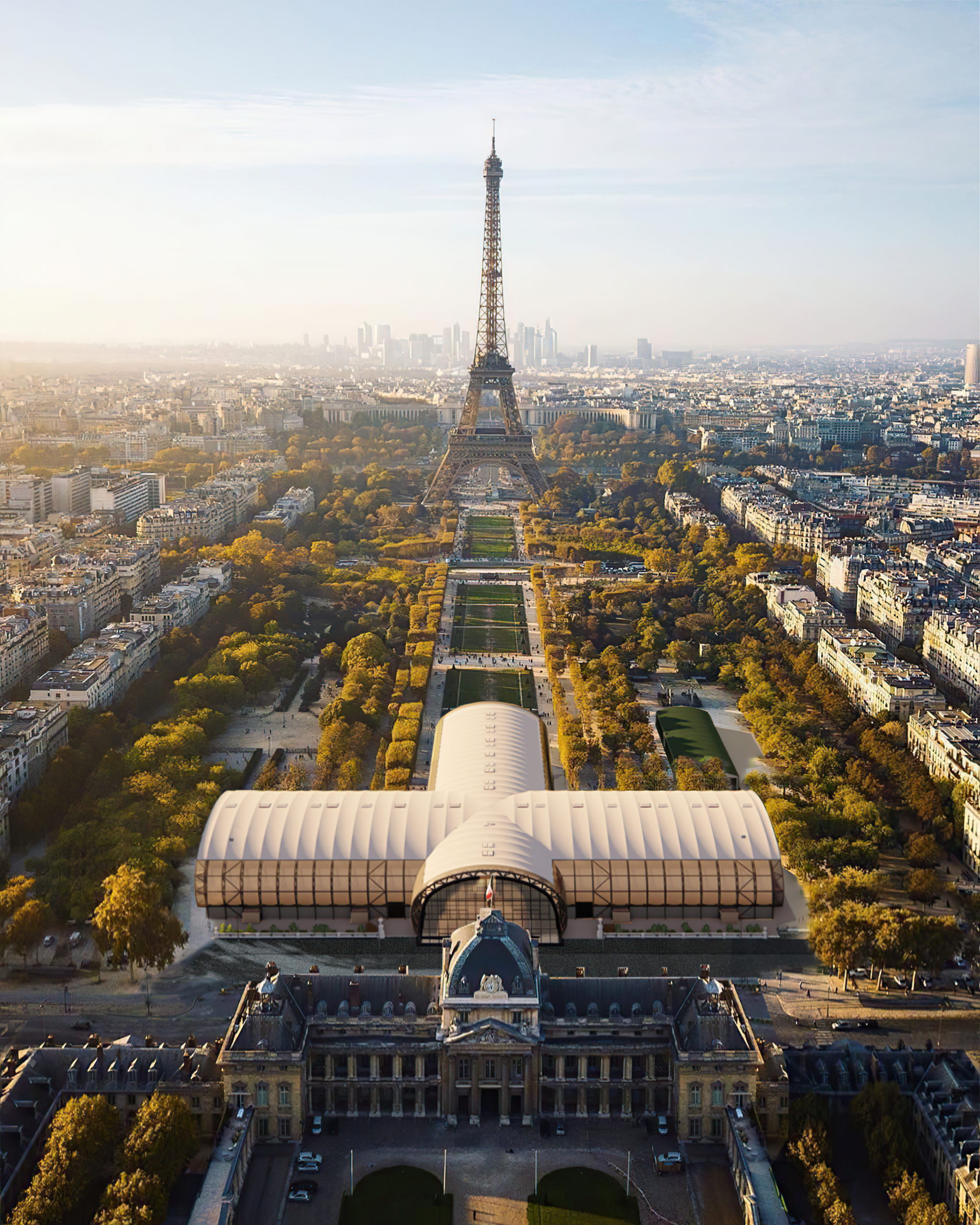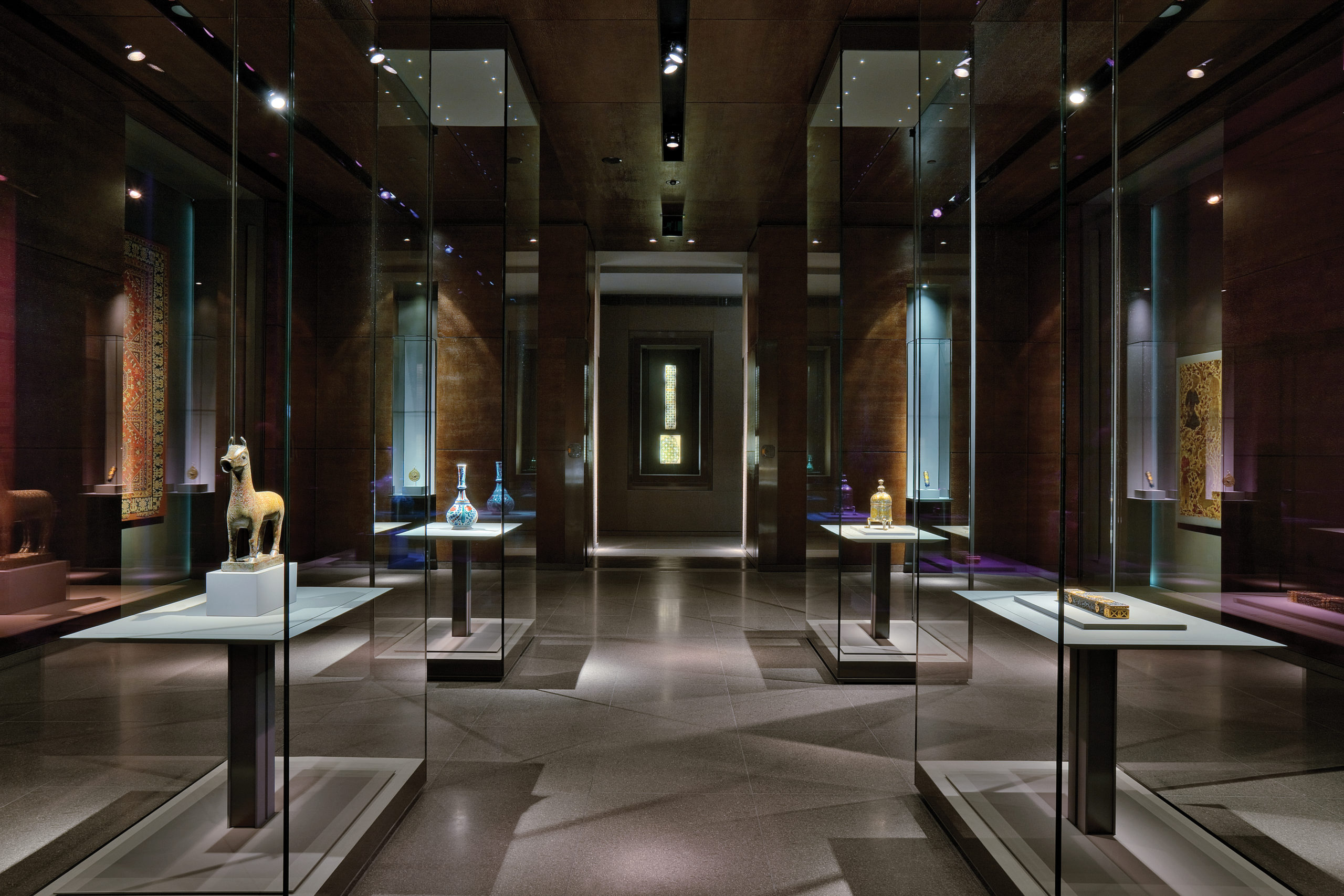
Doha Islamic Art Museum
Doha, Qatar
QATAR
Architect: PEI PARTNERSHIP ARCHITECTS
Interior designer and museography: WILMOTTE & ASSOCIÉS
Head of construction site: TURNER PROJACS
Cost consultant: DAVIS LANGDON FRANCE
Signage: ENT DESIGN
Multimedia: SG CONSEIL
Kitchen: PLAN CONSULTANT
Safety: SDA PROTEC
Lighting: ISOMETRIX LIGHTING AND DESIGN
Building services: JBB
5 250 sqm
2008
Interior design and museography of the exhibition rooms in the building designed by the Chinese-American architect I. M. Pei. Creation of specific furniture for the exhibition halls and the didactic rooms.
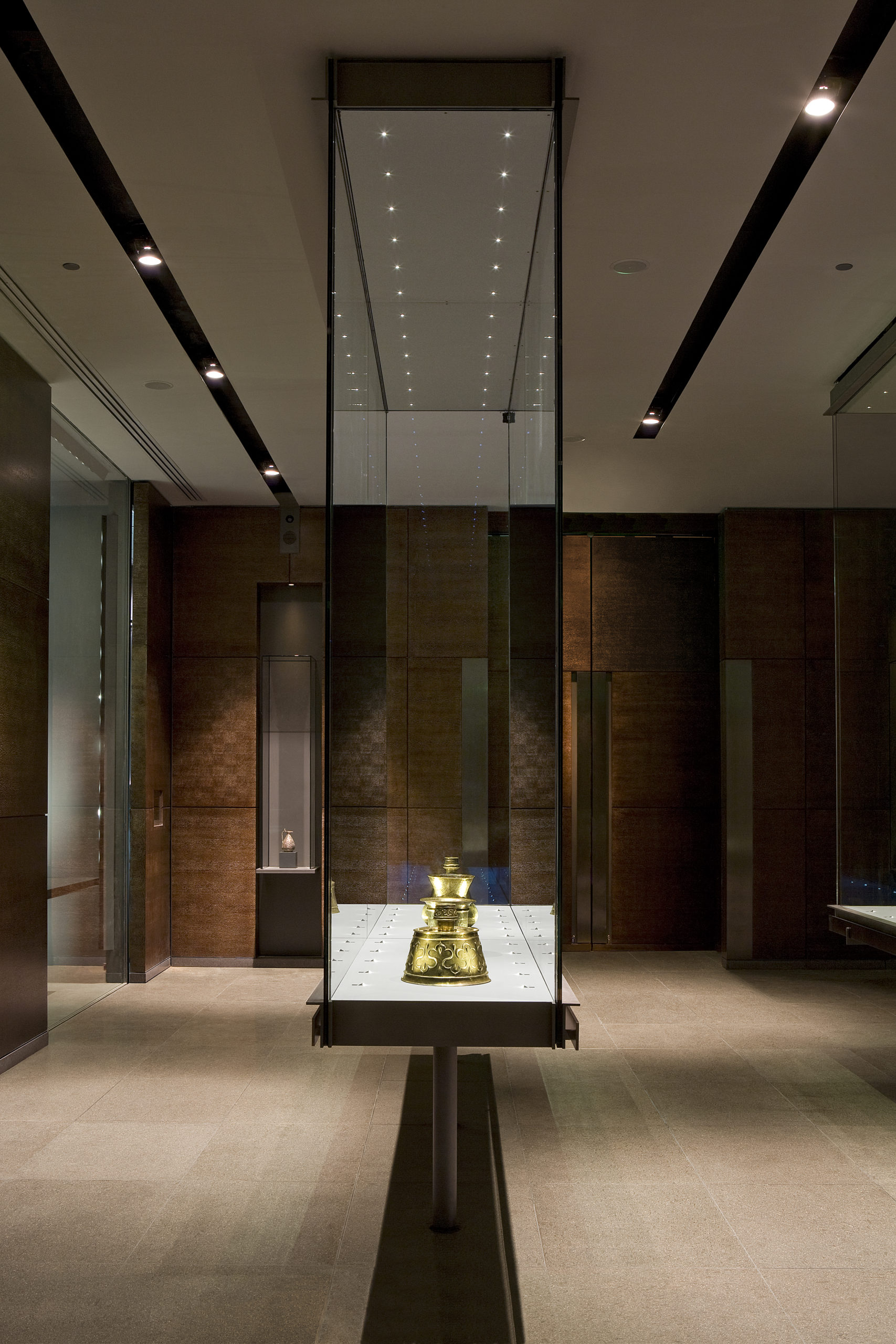
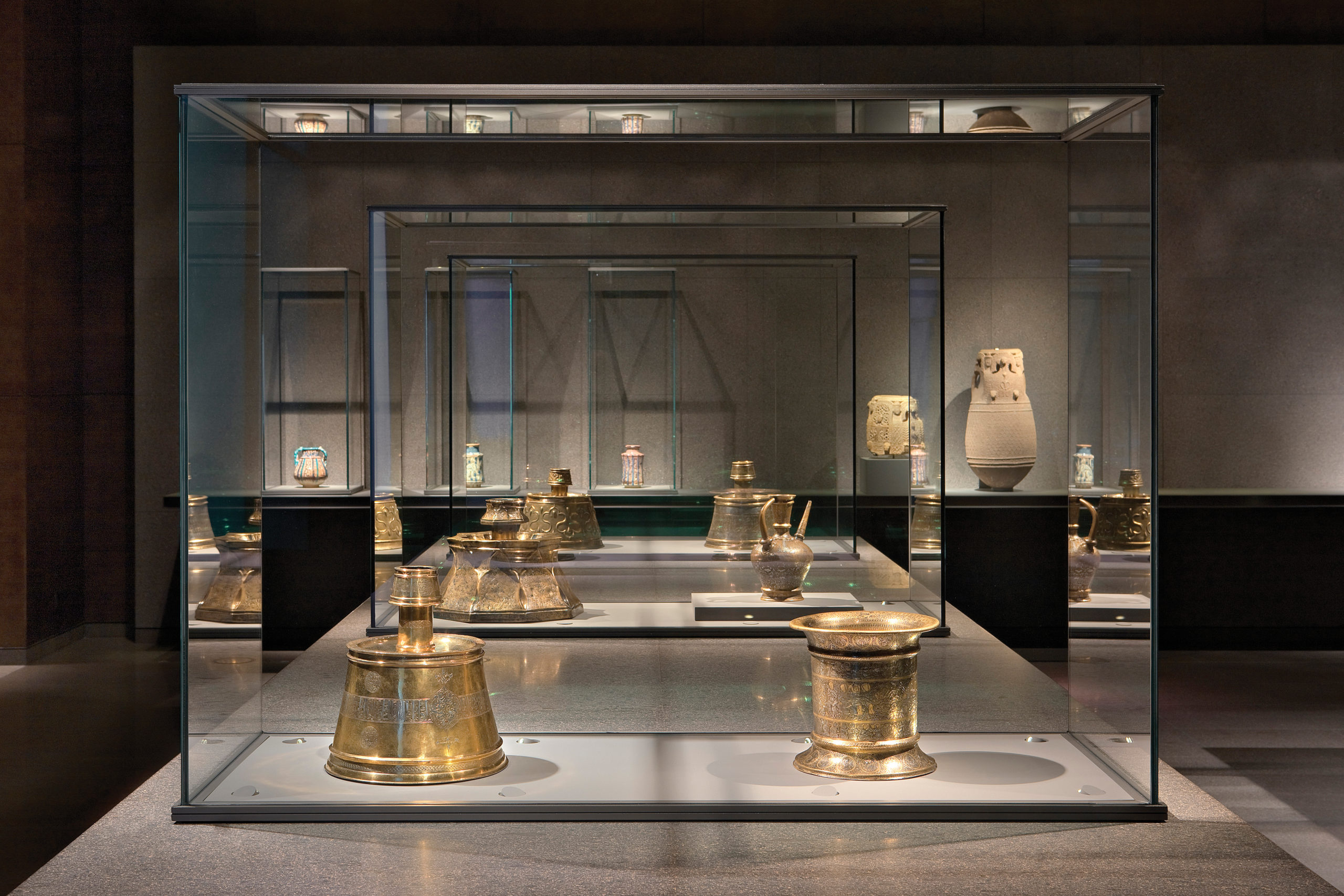
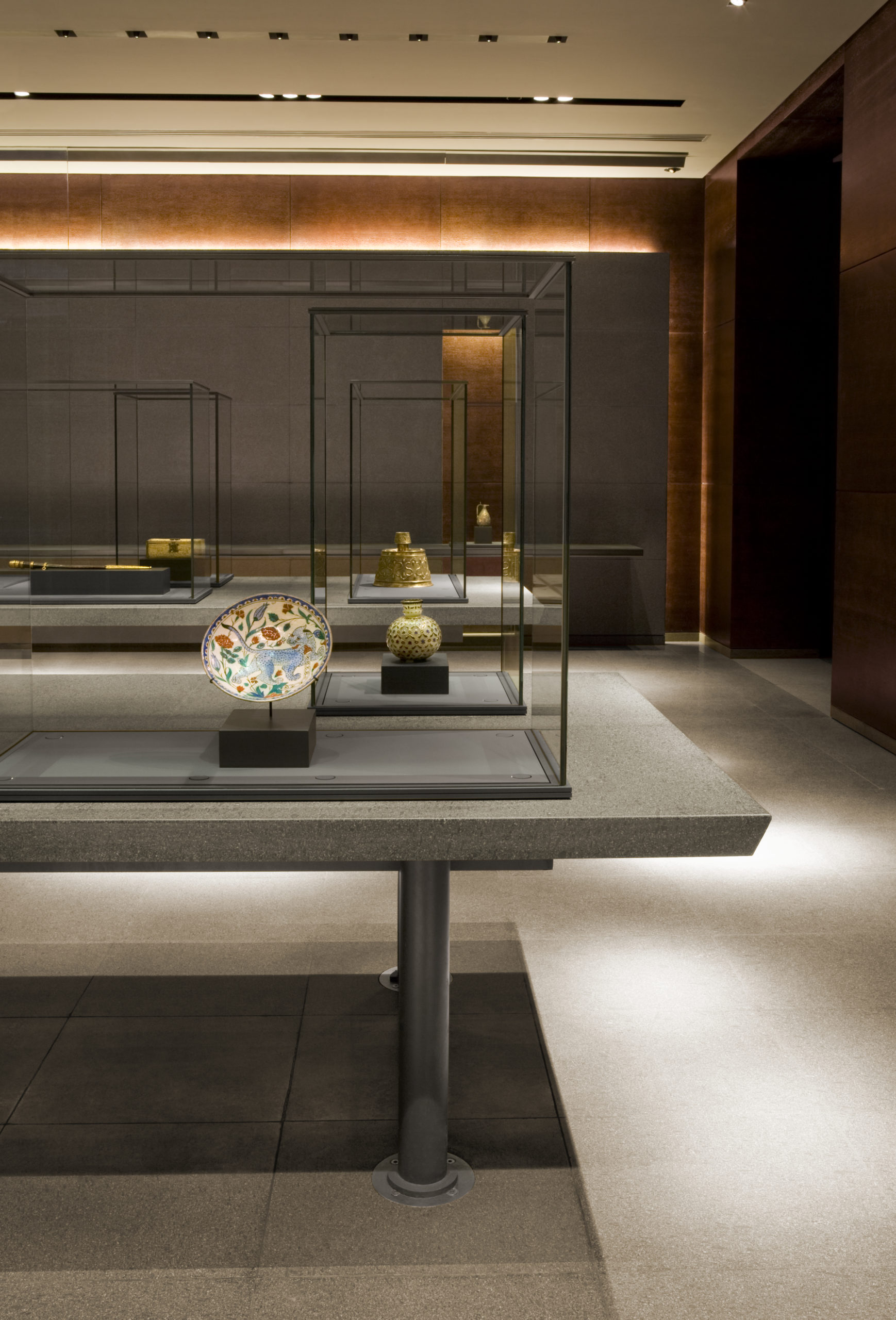
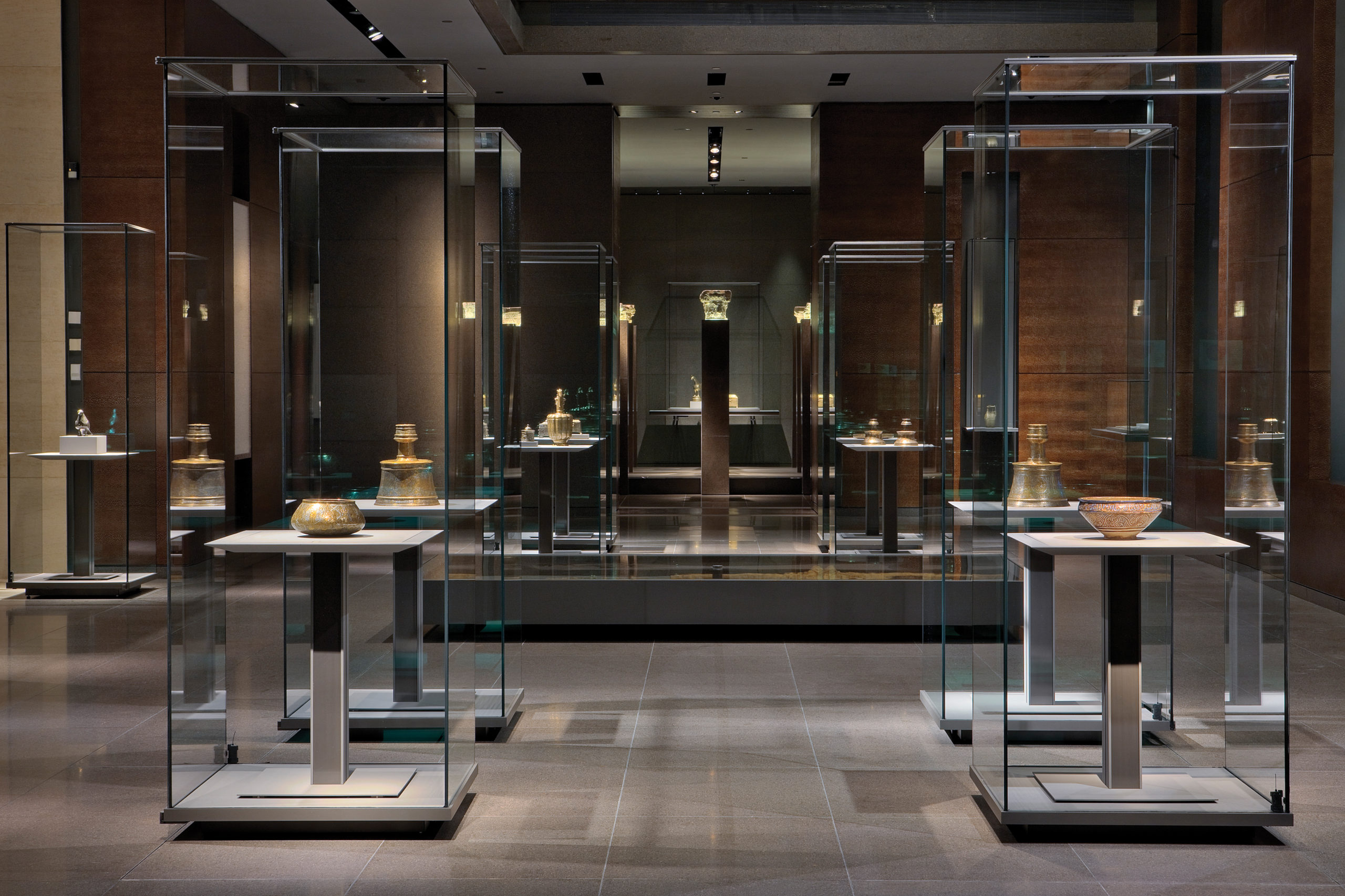
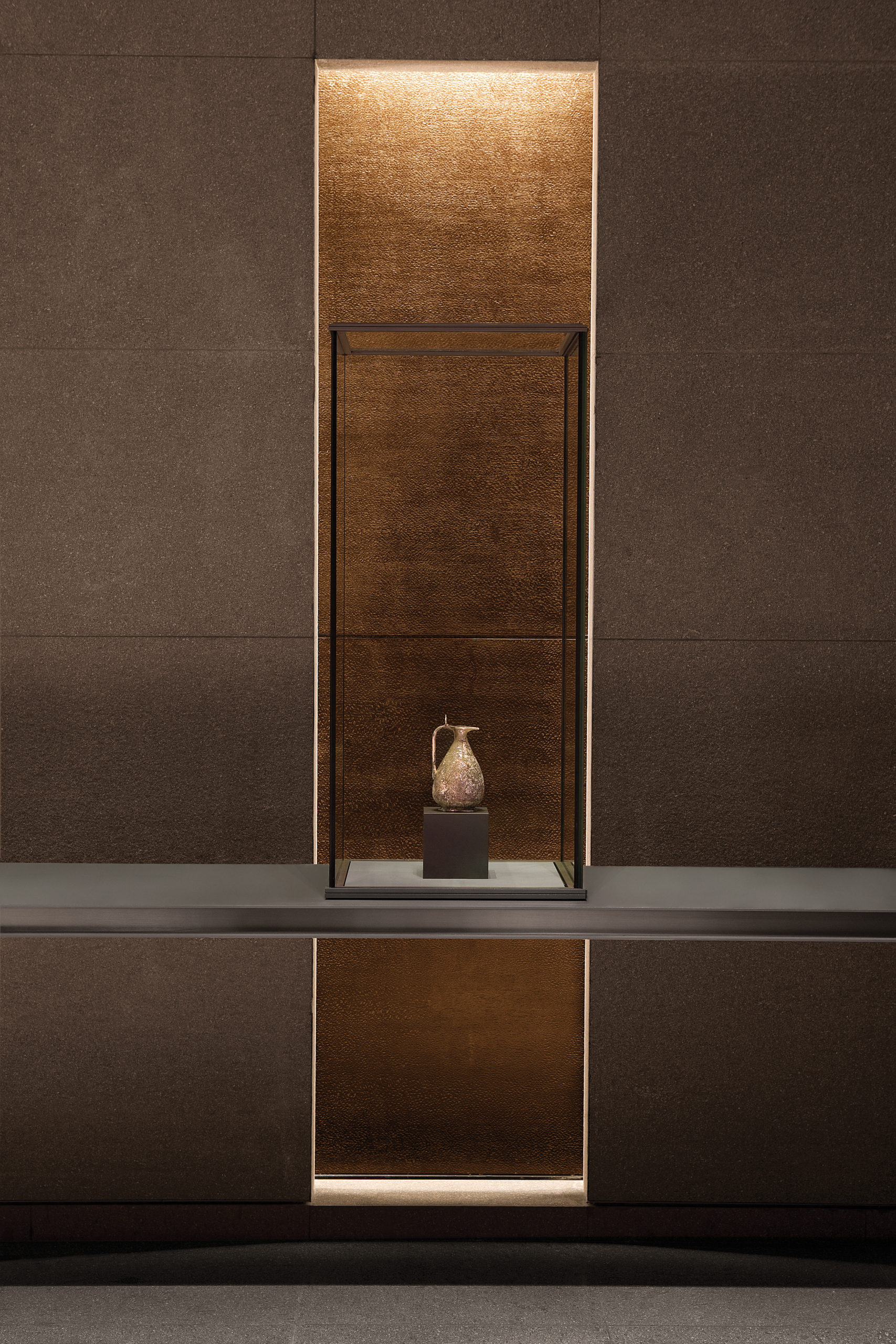
Opened in 2008, the museum houses a rich collection of over 4,000 works, spanning 1,300 years of history and three continents.
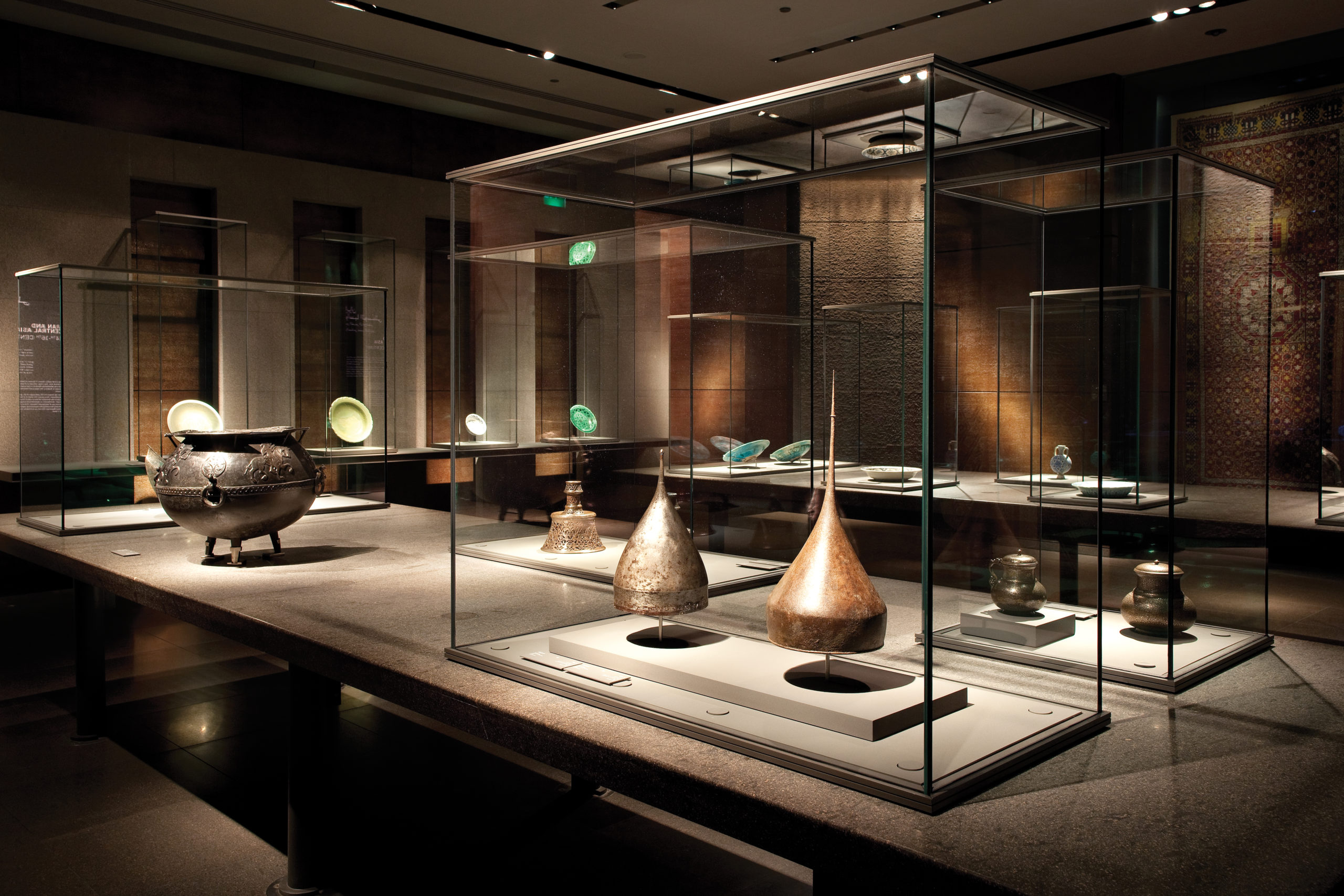
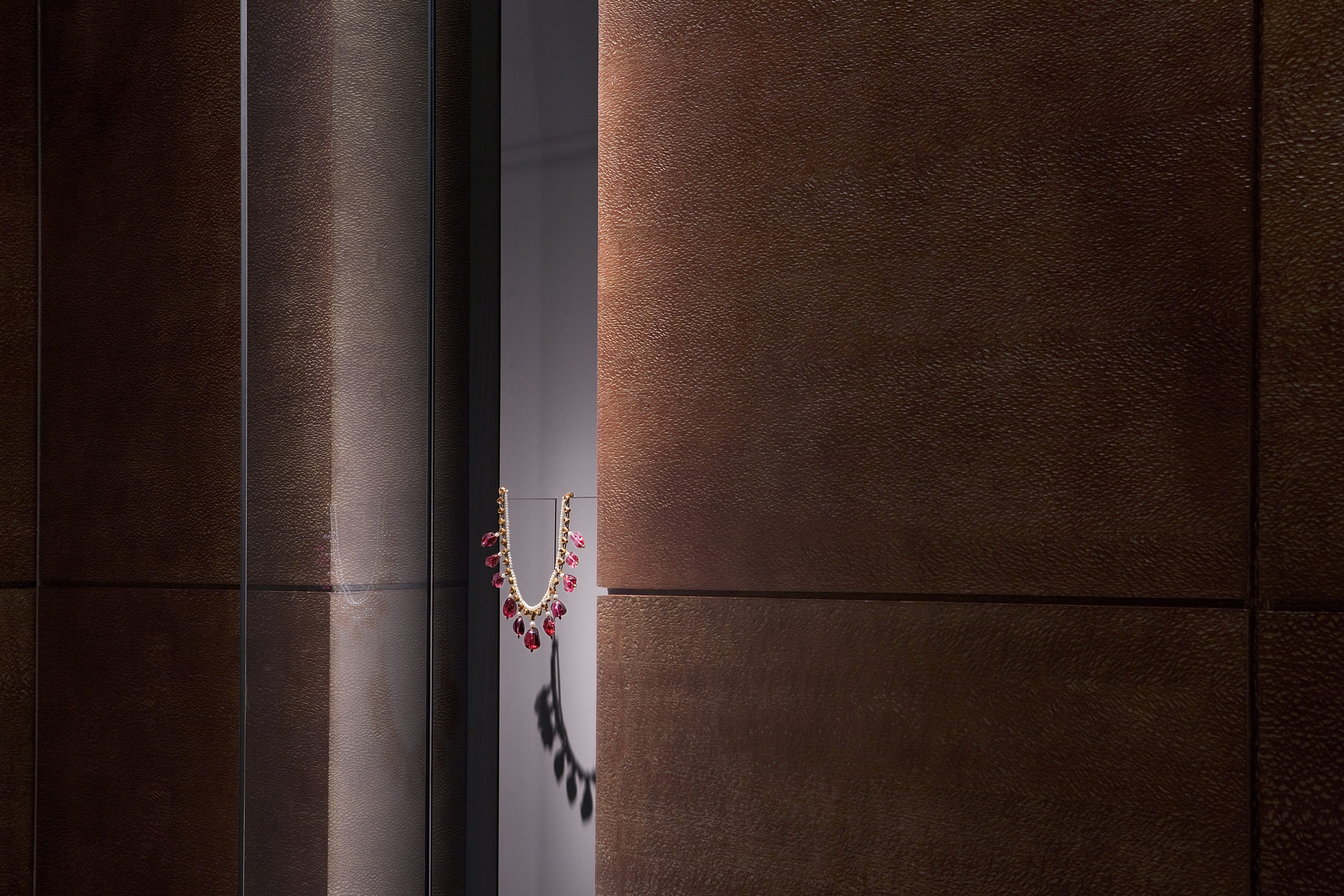
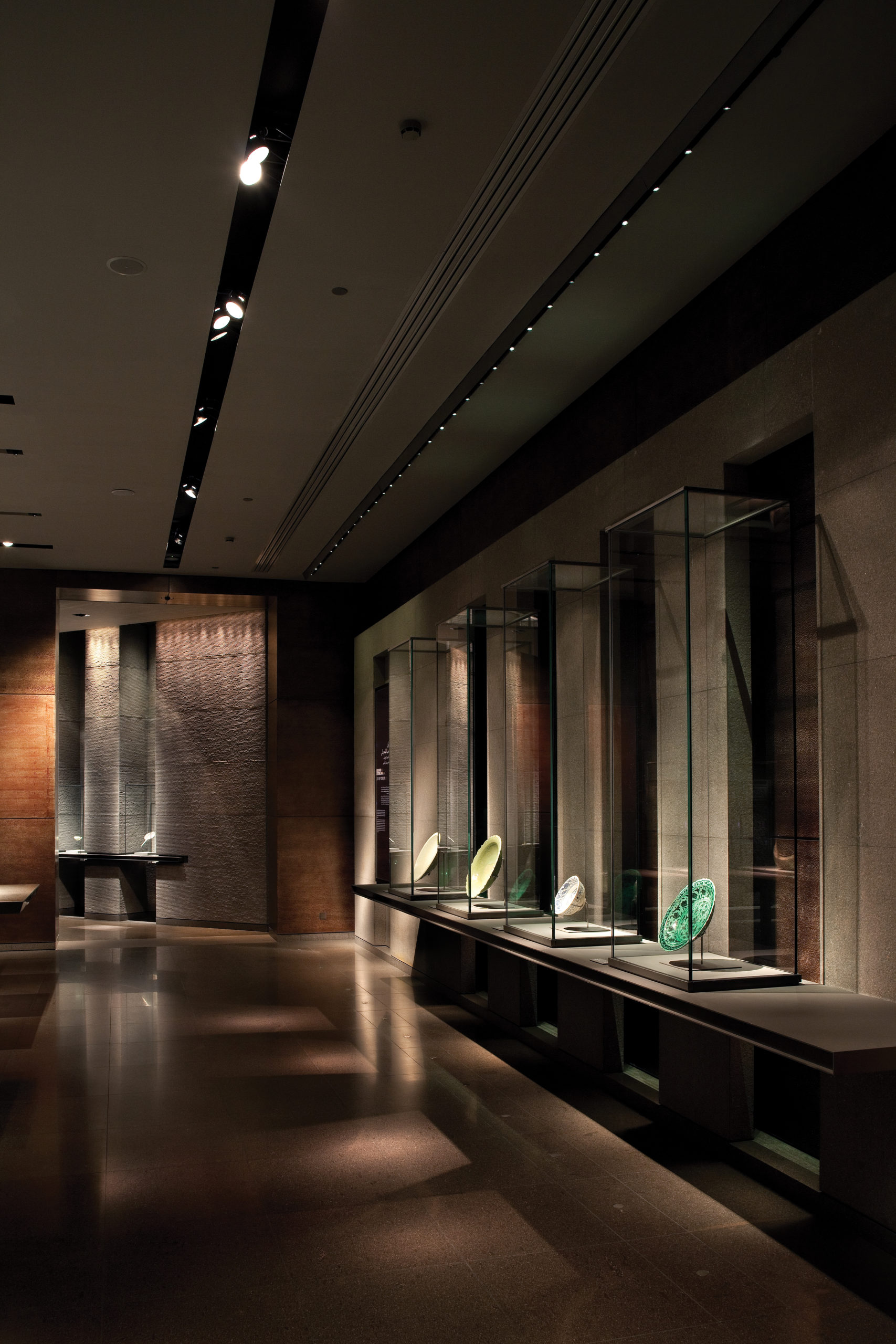
Of the 45,000 sqm space, 5,250 sqm are reserved for permanent exhibitions and 700 sqm for temporary exhibitions. Having already worked together on the Louvre, the architect Ieoh Ming Pei once again called on Jean-Michel Wilmotte for the museum’s interior design. The emphasis was placed on the flexibility of the installation, which can evolve as new acquisitions or changes in presentation are made. Together with the curators, the architects defined a museographic itinerary presenting the key works of Islamic civilisation on the first level and various objects classified by geographical area on the second.
Designed as “black boxes” with no natural lighting, the galleries are very literally designed to allow visitors to appreciate the works presented.



I designed the galleries as a cabinet of curiosities. Like a magical space, to sublimate the collection of a very chic art lover.
Jean-Michel Wilmotte
architect
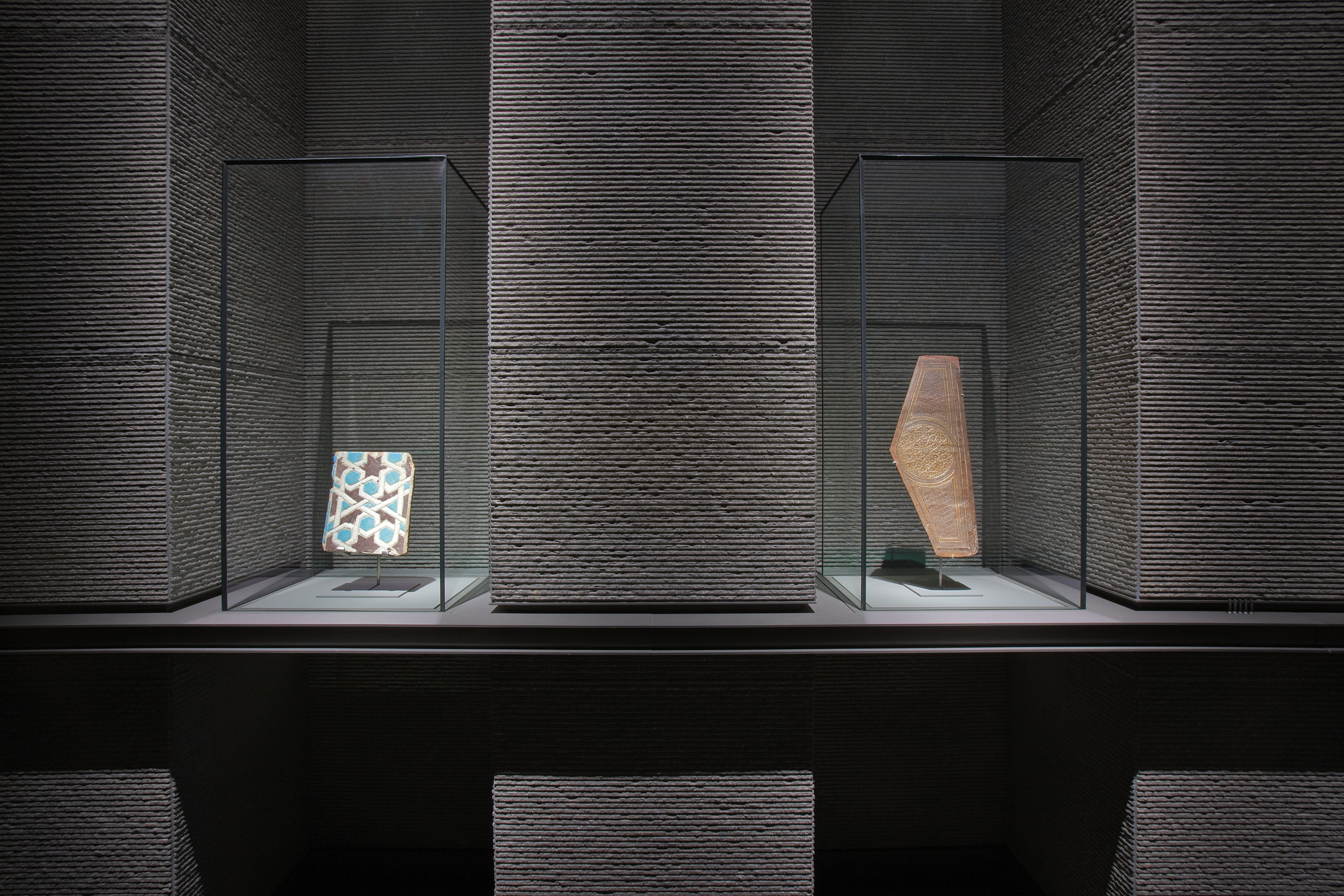
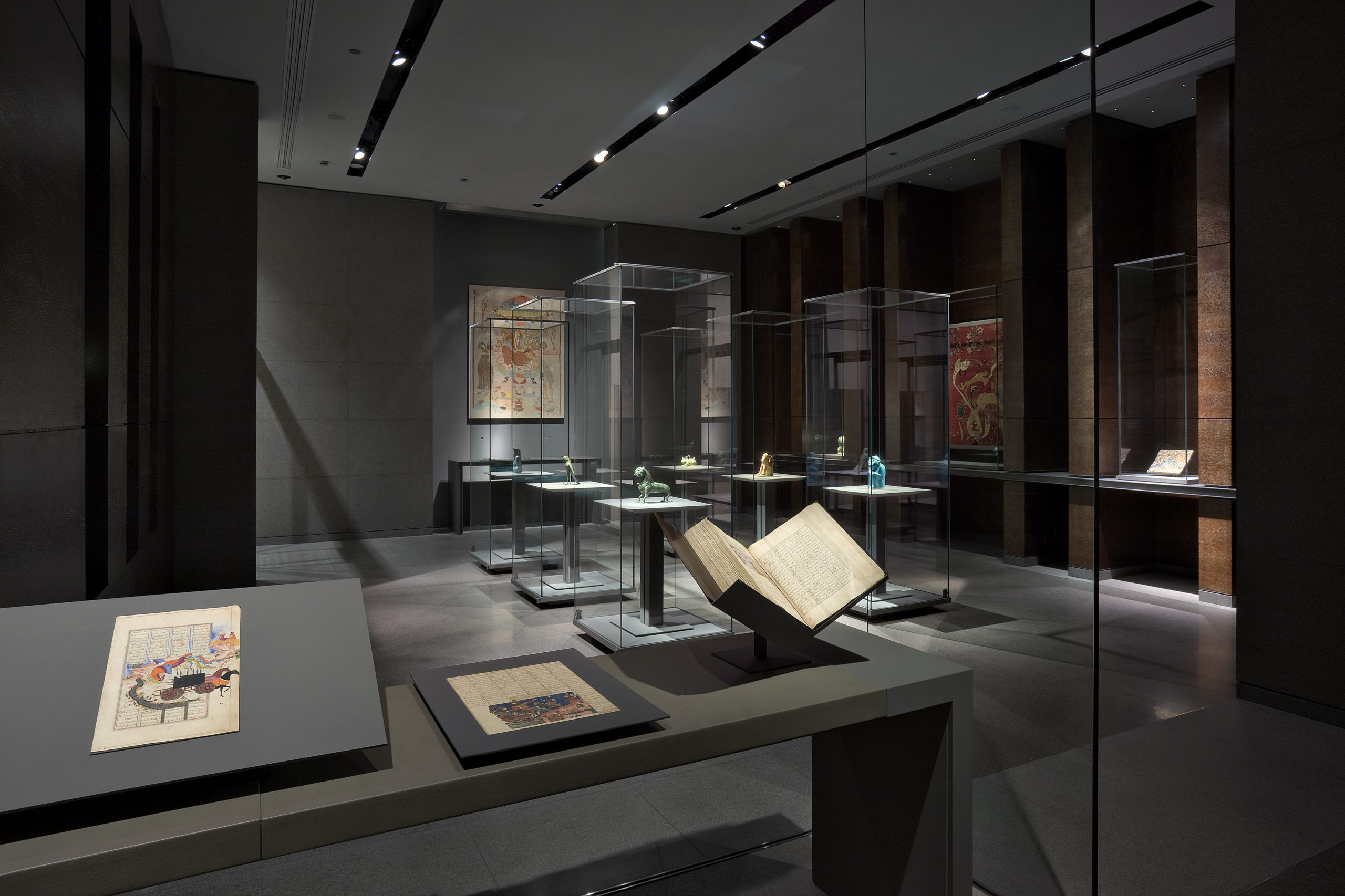
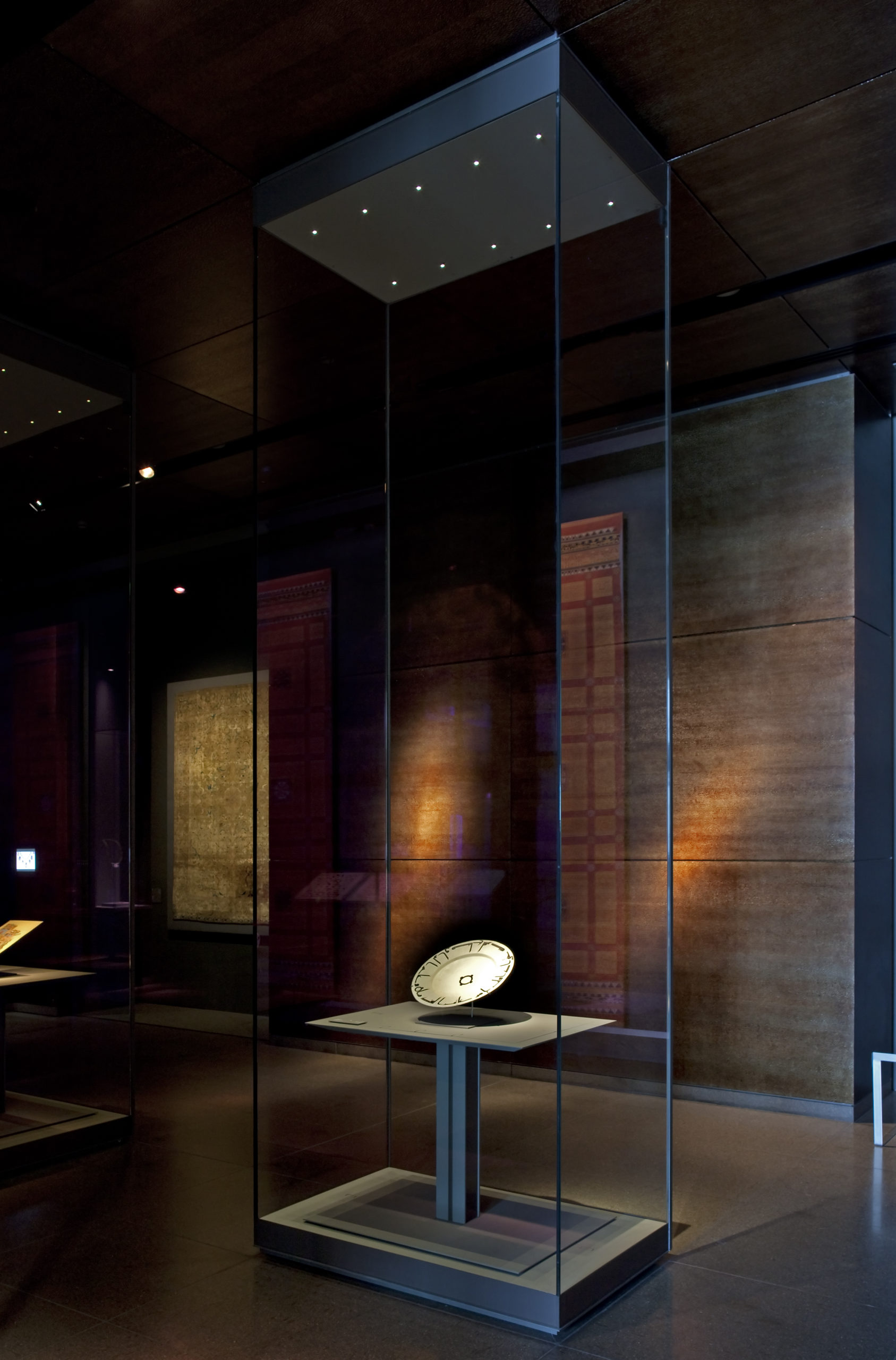
The objects are displayed in showcases designed especially for the museum, placed on the floor, nestled in the walls or arranged on large tables. Taking up the museography used in the Louvre, each oversized showcase, made of extra-white, non-reflecting glass with a highly finished metal structure, houses very few objects illuminated by the ceiling. This transparency gives the visitor the impression of admiring objects levitating in space.
The solidity and subtlety of its fittings are evident where Pei seeks what he calls “the essence of Islamic architecture”.






